Basil Matsika hopes his joyful murals of Mbare’s music and sports stars will inspire others to look beyond the area’s poverty and crime
Street artist Basil Matsika paints murals of local musicians and daily life in the streets of Mbare, one of Zimbabwe’s oldest townships, in the capital Harare. With his brush and paint jar, he says he communicates deep sentiments of hope amid the overwhelming landscape of poverty.
While many see Mbare as a crime-ridden neighbourhood, Matsika, 40, chooses to see beauty in the grimy, patched walls of the Matapi flats, which have become his canvas for his giant murals.
He starts by sketching the image with a pencil before applying paint. It takes a day or two to complete his murals, covering up some of the more crude writings on the walls.
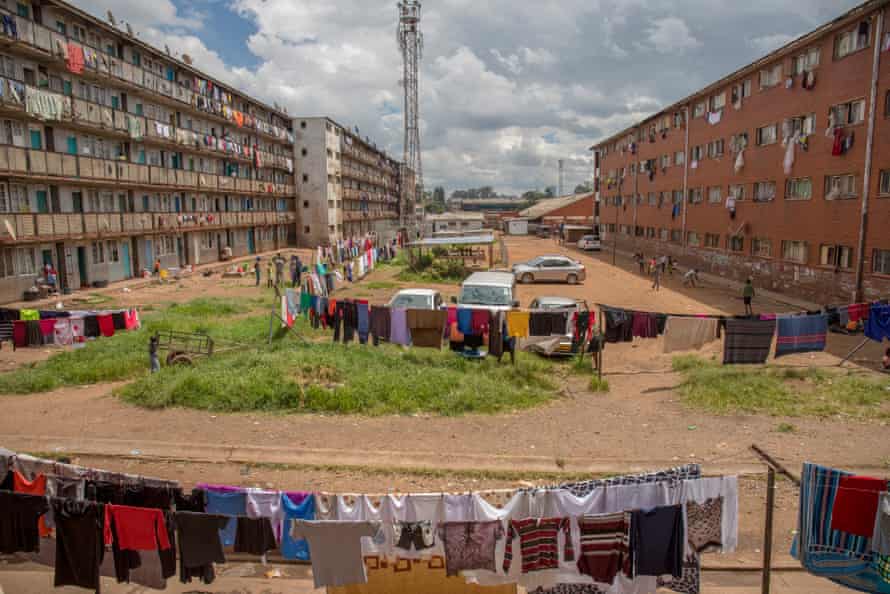
“We normally replace vulgar graffiti from the walls by painting murals of our local heroes,” says Matsika.
“To protect the children and the community from being exposed to obscene language, I paint. I choose to bring out something beautiful from what the society regards as filthy,” says Matsika, adding that his art is meant to protect the history of Mbare.
“We always want to promote good themes in our art because, as you know, Mbare is known for bad things.”
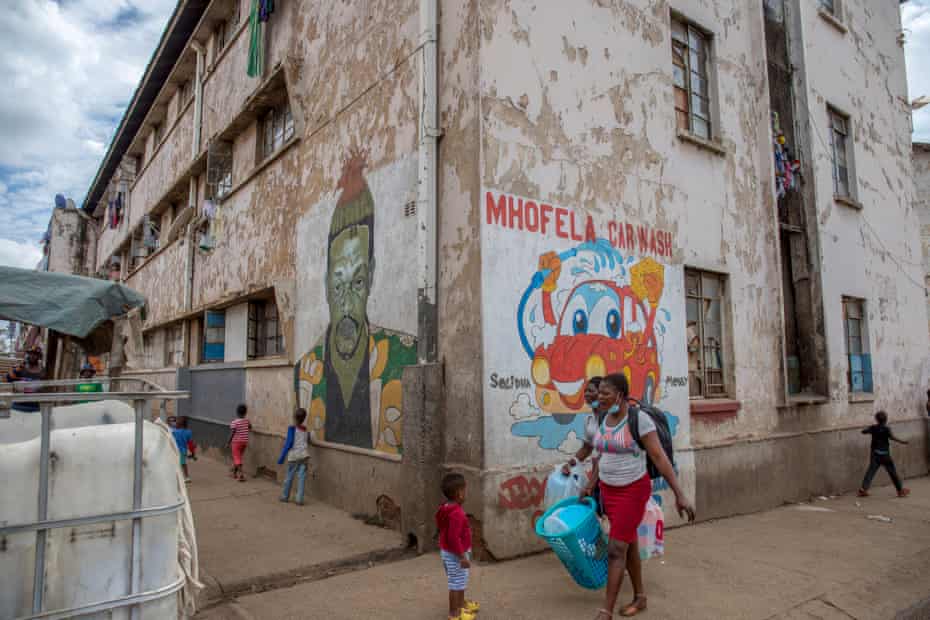
Matsika says the history of Mbare is intertwined with music. The township prides itself on raising famous Zimdancehall stars, so he often paints musicians.
“These are our local heroes. They have put Mbare on the map and, in return, I have painted murals for posterity. This will teach our children that we have great people among us,” he says.
“This is like our own museum. We are documenting our own history: 100 years from now, they will know that there was a particular artist who came out of this community.”
From footballers to musicians and actors, Mbare continues to defy the odds of poverty to produce national heroes, some of whom are depicted in murals along the muddy Matapi Road.
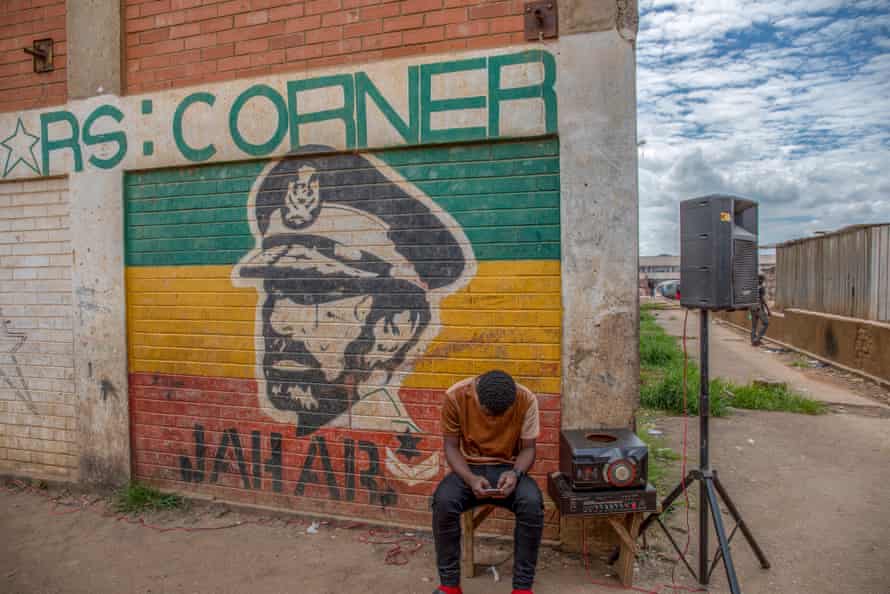
Mbare arts manager Abraham Chimweta says: “Passersby never miss an opportunity to pose for a picture here and this makes me very proud that our art is being appreciated. Even people from the suburbs come here to take photos beside their favourite artists.”
At Jeskas Corner, a popular food spot, children play while a group of young men plays cards, nervously looking out for the police. The area has become the city’s home of graffiti and around them the murals tell a story of Mbare, with well-known dancehall artists painted on every wall.
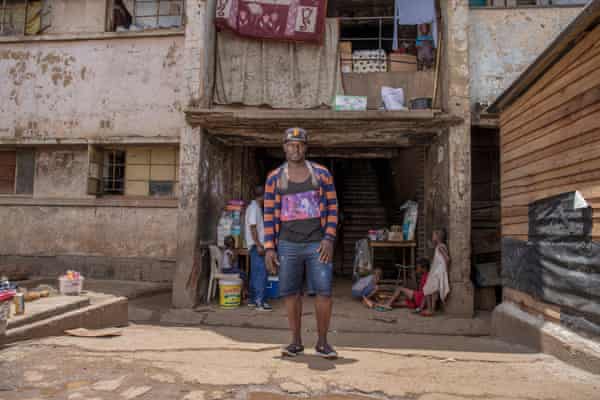
Zimdancehall, an adaptation of Jamaican dancehall, is music that resonates with daily struggles. The infectious lyrics – often a lament of life’s challenges, losses, and social ills, such as the rising drug problems – have become the soundtrack for Zimbabwean life here.
The murals include a portrait of the late Zimdancehall star, Soul Jah Love, who came from these streets and was declared a national hero after his death, last year.
“Our artists will for ever live among us. His spirit lives on through this art. There is no other honour we can bestow on him,” says Chimweta.
Other Zimdancehall stars honoured here include Seh Calaz and Killer T, while Bob Marley, Haile Selassie and Zimbabwe’s late former president, Robert Mugabe, also feature.
Mbare has inspired works by overseas artists, too. As part of the Harare international festival of arts in 2010, Dutch artist Roy Valk painted a mural of two happy sisters at Matapi flats.
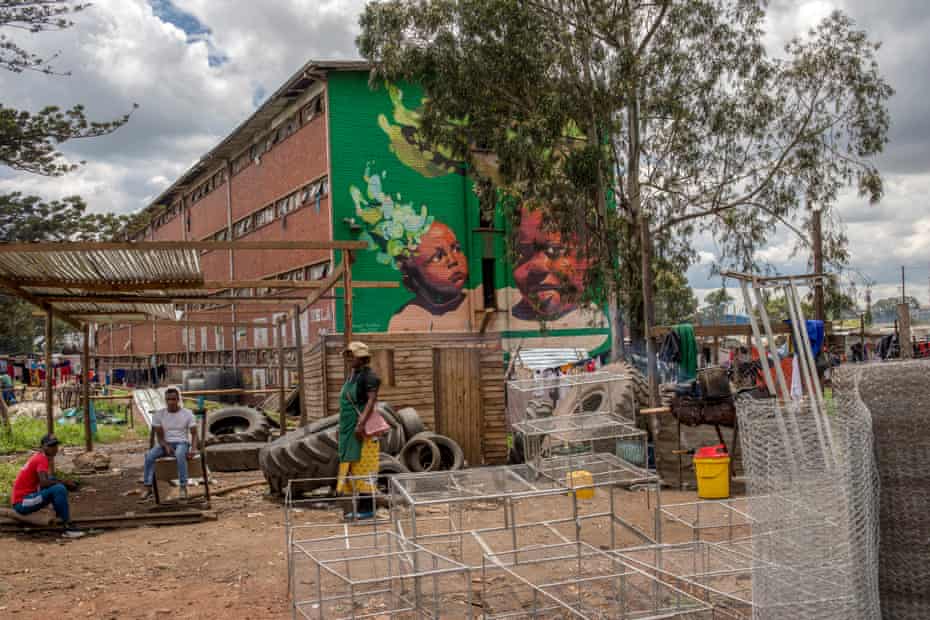
Matsika says he has had his fair share of brushes with the local authorities. “When I started, the council was always on my tail. They said I had broken bylaws on graffiti, but I explained that it was a community project and helping to keep the flats. I am glad they understood,” he says.
“I do this because I love our art. I never get paid for this; I use my own materials. But it has unlocked many doors to my next paycheque. I am now being called to do murals for business centres, studios and in private spaces,” Matsika says.
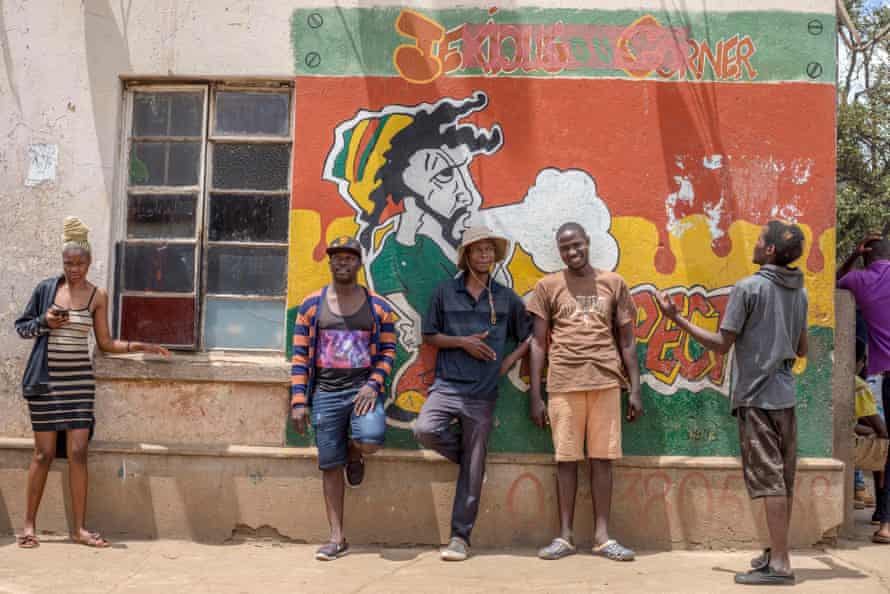
He dreams of opening studios and buying scaffolding to create bigger murals.
“We are constrained because of lack of capacity. I need scaffolds because, right now, I cannot do lofty paintings,” he says.
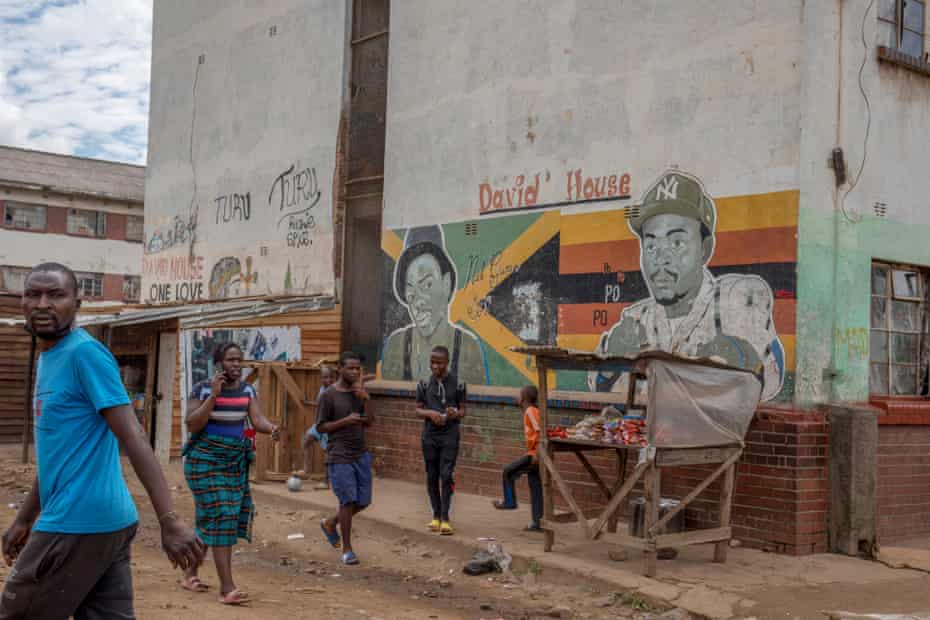
“On canvas, I express myself better and can literally bring any theme to life. Our story in Mbare needs to be told,” he says.

COMMENTS